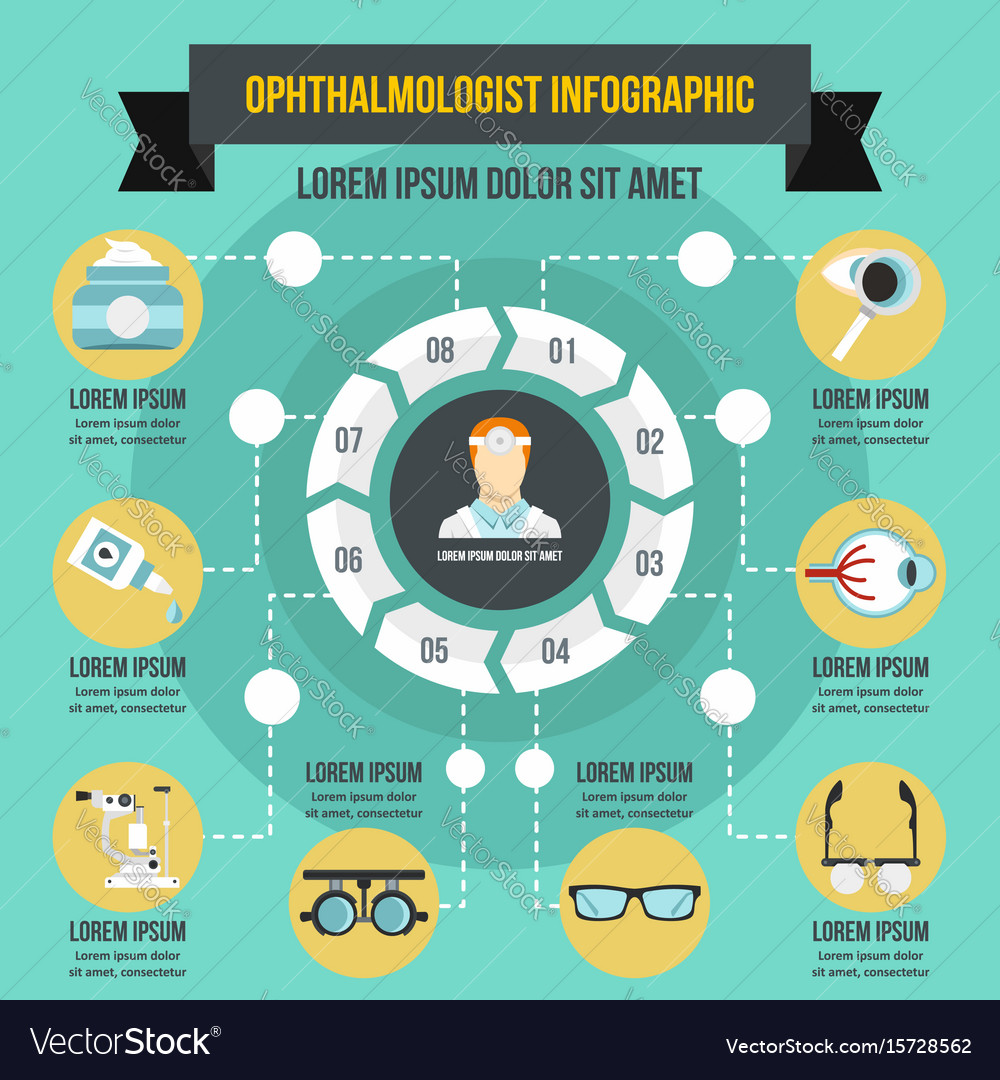If you more than 40 and having problem with vision issues like hyperopia or nearsightedness, Refractive Lens Exchange (RLE) could be worth thinking about. This procedure replaces your all-natural lens with a synthetic one, possibly reducing your dependancy on glasses. While the advantages are appealing, it's essential to recognize the risks and eligibility requirements. What should you understand before choosing that could change your vision forever? Allow's explore this topic better.
Recognizing Refractive Lens Exchange
Comprehending Refractive Lens Exchange (RLE) can be important for those thinking about vision improvement choices.
RLE is a procedure that changes your eye's natural lens with a synthetic intraocular lens. It's mainly targeted at dealing with extreme refractive errors, such as hyperopia, myopia, or presbyopia.
During the procedure, your specialist will certainly remove your cloudy or clear lens and replace it with a lens customized to your vision requires. Visit Home Page is commonly thought about for individuals over 40 who may not appropriate prospects for LASIK.
By selecting RLE, you're not just improving your vision; you're likewise potentially lowering your dependancy on glasses or call lenses.
Understanding just how RLE works will equip you to make enlightened decisions about your vision health and wellness.
Advantages and Risks of RLE
Selecting RLE not just offers a chance to improve your vision but likewise includes its own collection of benefits and risks.
One significant advantage is the potential for more clear vision, lowering or eliminating your reliance on glasses or call lenses. https://laserlasiksurgery83728.blogginaway.com/36240064/are-you-a-candidate-for-smile-eye-surgery-learn-currently may additionally experience a more comprehensive range of vision, specifically if you go with multifocal lenses.
However, there are threats entailed, such as infection, problems throughout surgical treatment, or discontentment with the outcomes. Some people experience aesthetic disturbances like halos or glow.
It's essential to consider these advantages and risks carefully. Consulting with your eye care expert can assist you make an educated decision that aligns with your vision objectives and lifestyle.
Qualification Standard for Refractive Lens Exchange
Before taking into consideration Refractive Lens Exchange (RLE), it's critical to determine if you fulfill the eligibility requirements. Typically, you're a great candidate if you more than 40 years of ages and have a stable prescription.
You should also be experiencing refractive errors like nearsightedness, hyperopia, or presbyopia. It is necessary to have healthy and balanced eyes with no considerable illness, such as cataracts or glaucoma.
Furthermore, you ought to remain in excellent general health and wellness and not have any problems that could impact recovery, like uncontrolled diabetes mellitus. If https://trentonrmgzu.actoblog.com/36286495/what-are-the-differences-and-resemblances-in-between-smile-eye-surgical-procedure-lasik-and-prk wear call lenses, you may need to quit wearing them for some time prior to your evaluation.
Consulting with an eye treatment professional will assist you understand your certain circumstance and whether RLE is right for you.
Final thought
To conclude, refractive lens exchange can transform your vision and lower your reliance on glasses or contacts. While it offers numerous advantages, it's essential to understand the threats and ensure you fulfill the eligibility criteria. Consulting with an eye care expert will help you make an informed choice customized to your demands. If you're taking into consideration RLE, take the time to discover your options and review any kind of issues, leading the way for clearer, a lot more vibrant eyesight.
